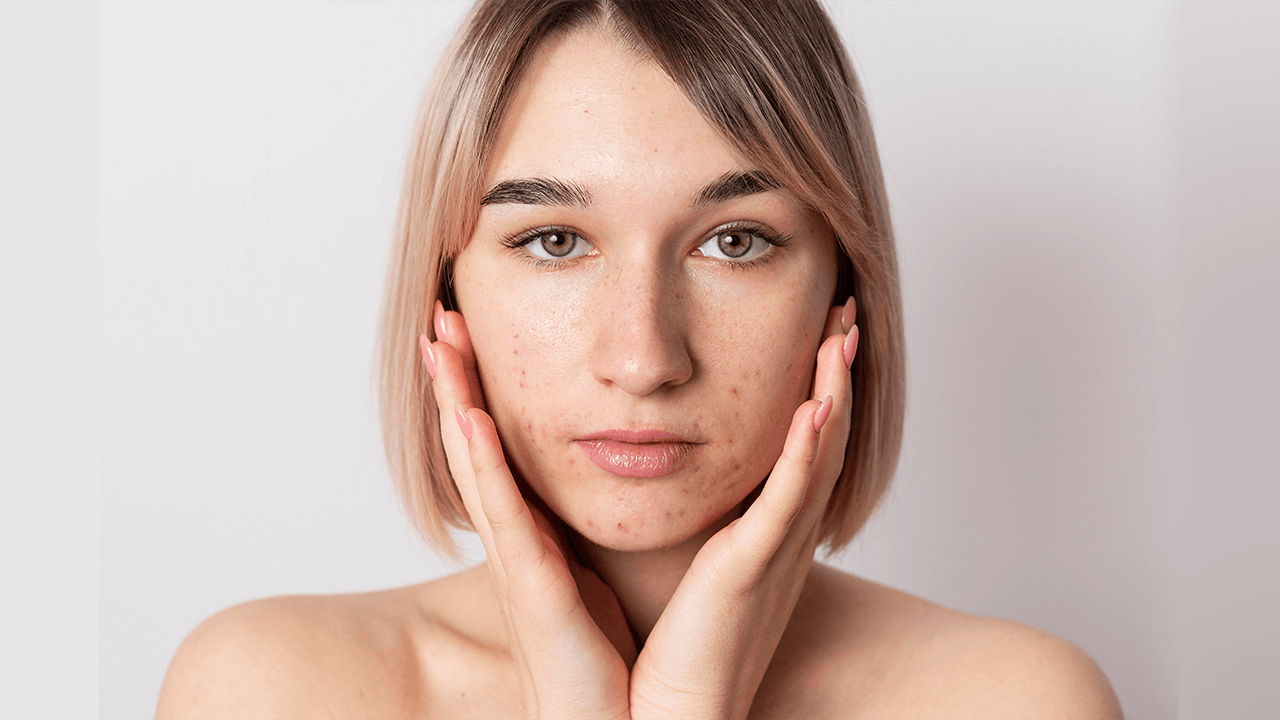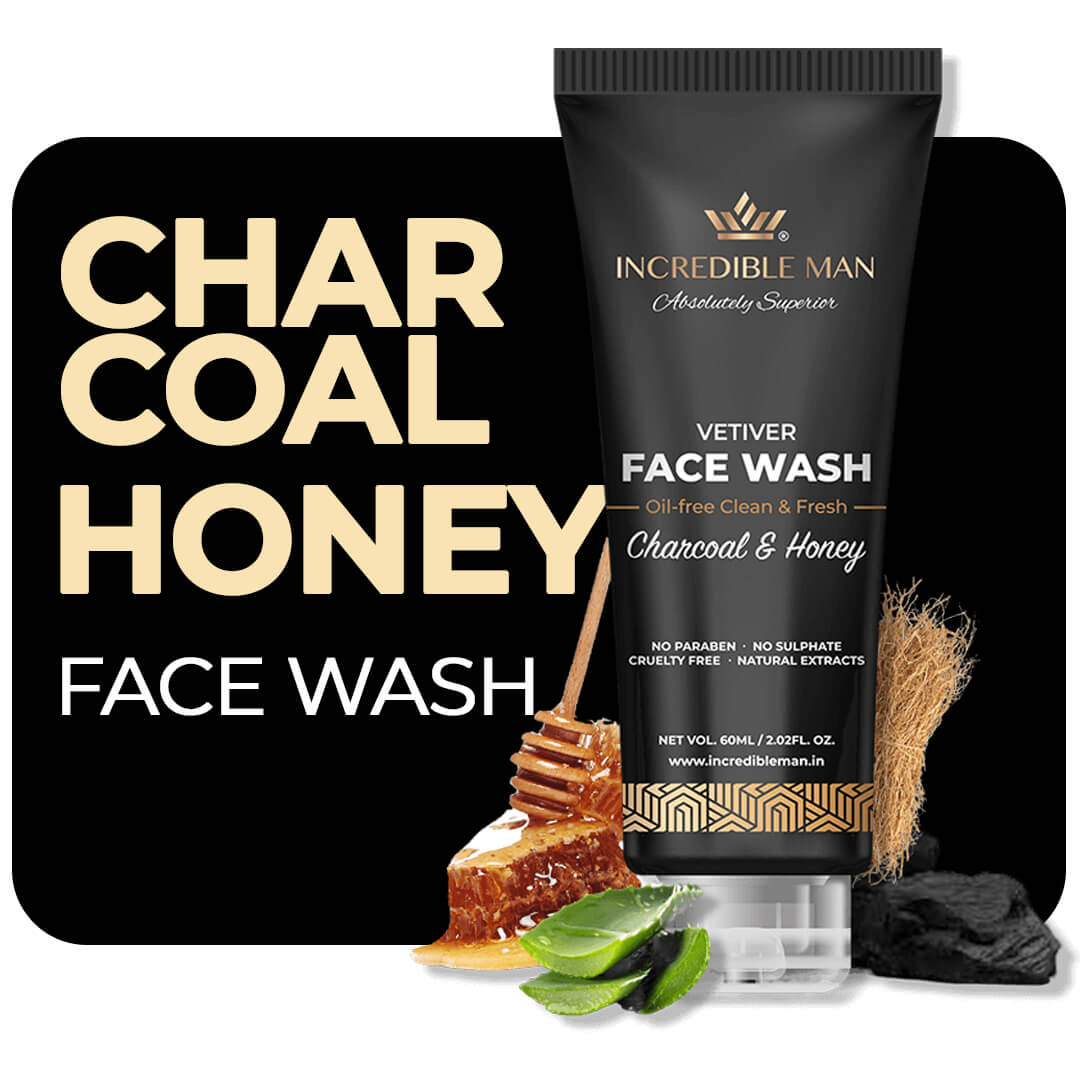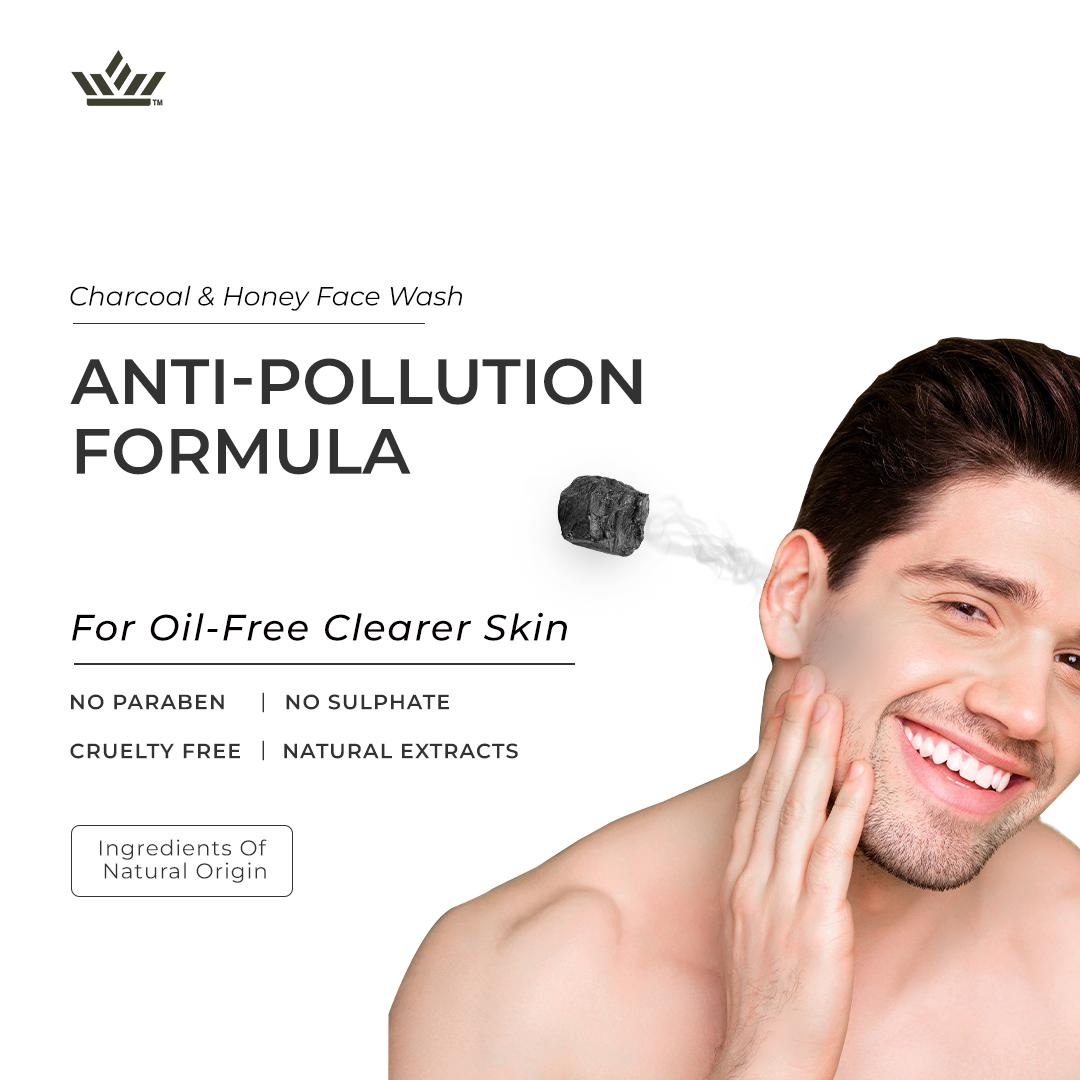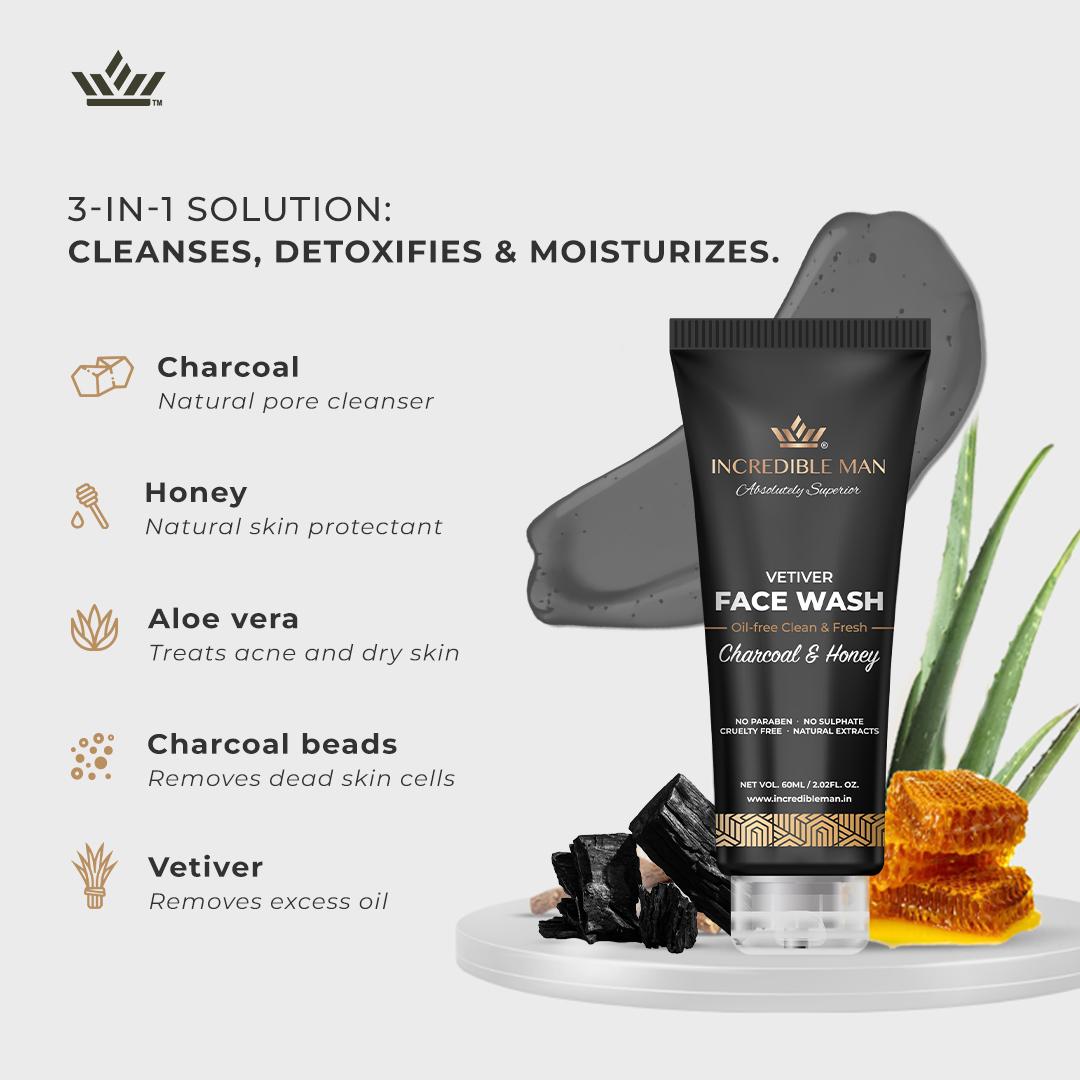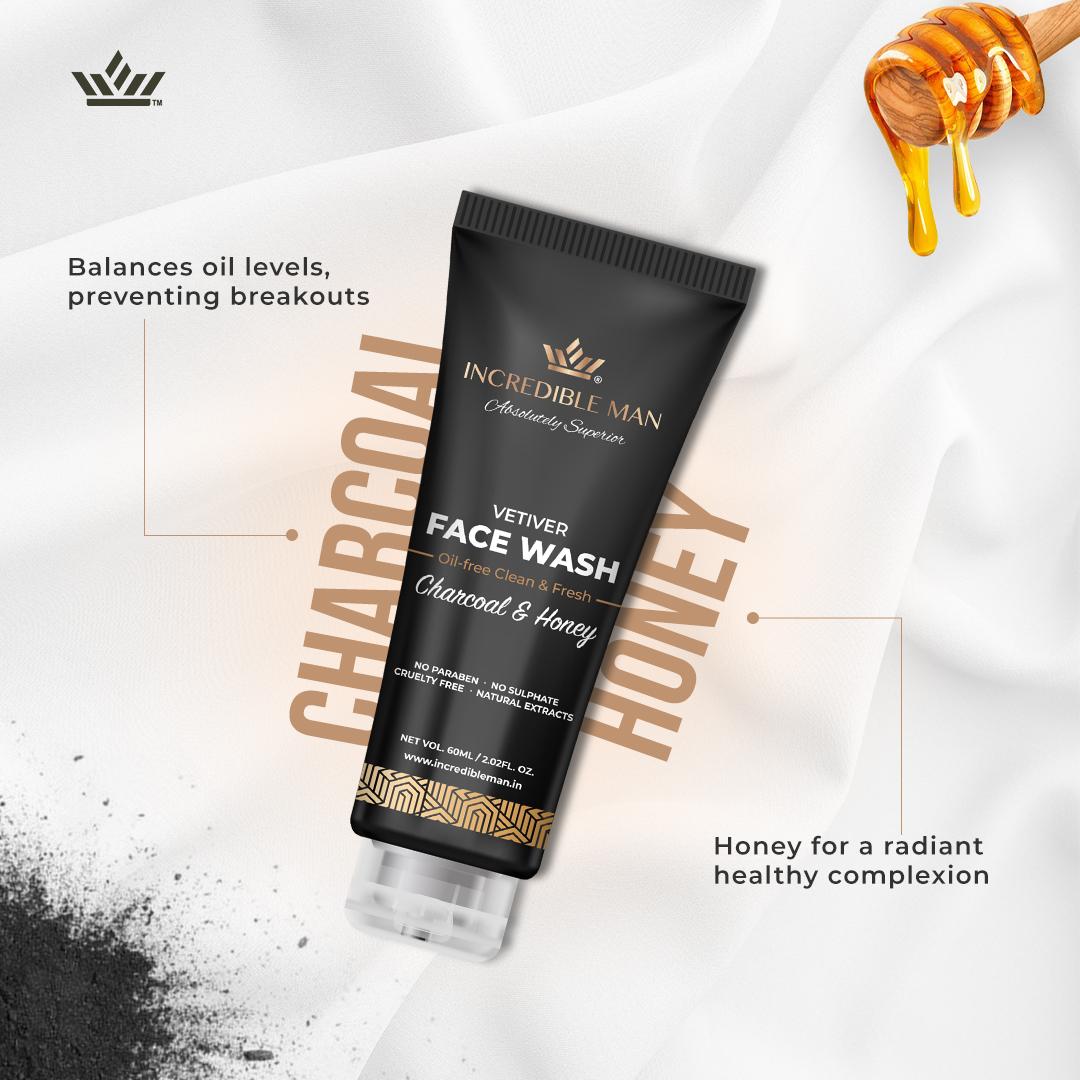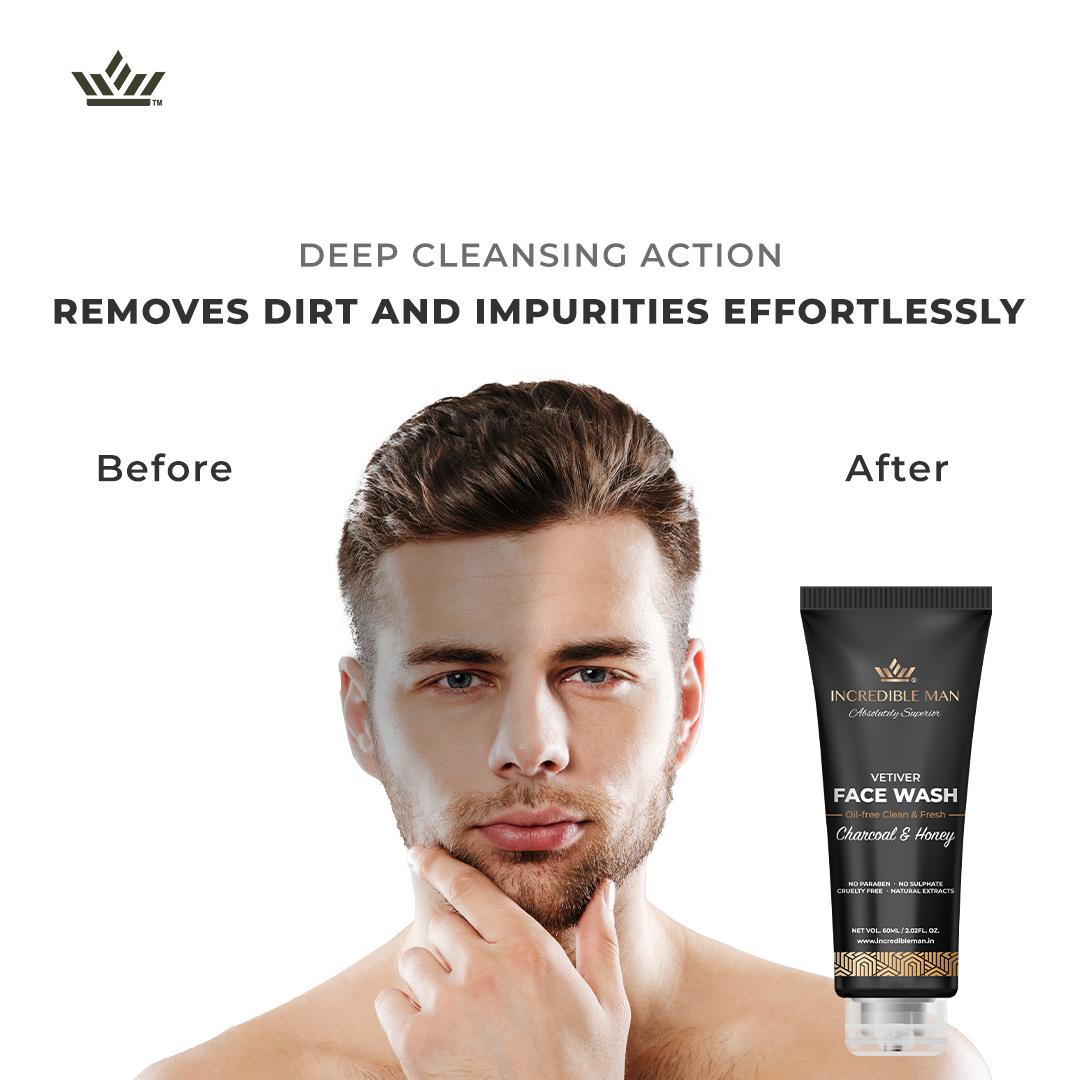Where do we begin with blackheads?
They might be one of the most aggravating aspects of life. They’re difficult to get rid of, leave your skin looking and feeling dull and harsh, and they always seem to reappear. If you get blackheads on a regular basis, we’re sure you’ve spent hours attempting to remove them with various equipment without success. The unfortunate thing is that these gadgets can sometimes cause more harm than good by damaging your skin tissue and causing irreversible damage. To figure out how to get rid of blackheads for good, we must first discover what produces them.
Our pores become clogged as a result of debris, perspiration, and oil, resulting in blackheads. When all of these substances oxidize on our skin, they appear as blackheads. It’s difficult to remove blackheads since they’re lodged between our pores. Wouldn’t it be great if you could get rid of them with items you most likely already have on hand? This post is for you if your response to that question was yes, which it most likely was.
What are the Symptoms of Blackheads?
Acne with blackheads is a less severe kind of acne. Blackheads are characterized by dark, open pimples on your skin. They don’t hurt or make you feel uneasy as whiteheads do.
What Causes Blackheads?
Sebaceous glands are found throughout the body, with the majority of them connecting to hair follicles. Comedones are blackheads and whiteheads (singular comedo). Whiteheads are closed comedones, while blackheads are open comedones. When a hair follicle/sebaceous gland gets irritated, comedones form. Inflammation can be caused by a variety of factors, including:
- Sebum (oily substance generated by the sebaceous gland) production has increased.
- Keratin production is abnormal (the protein that helps make your hair, skin, and nails).
- Hormone levels have risen (androgen).
- Acne is caused by an increase in the number of germs on the skin.
The Best Way to Get Rid of Blackheads
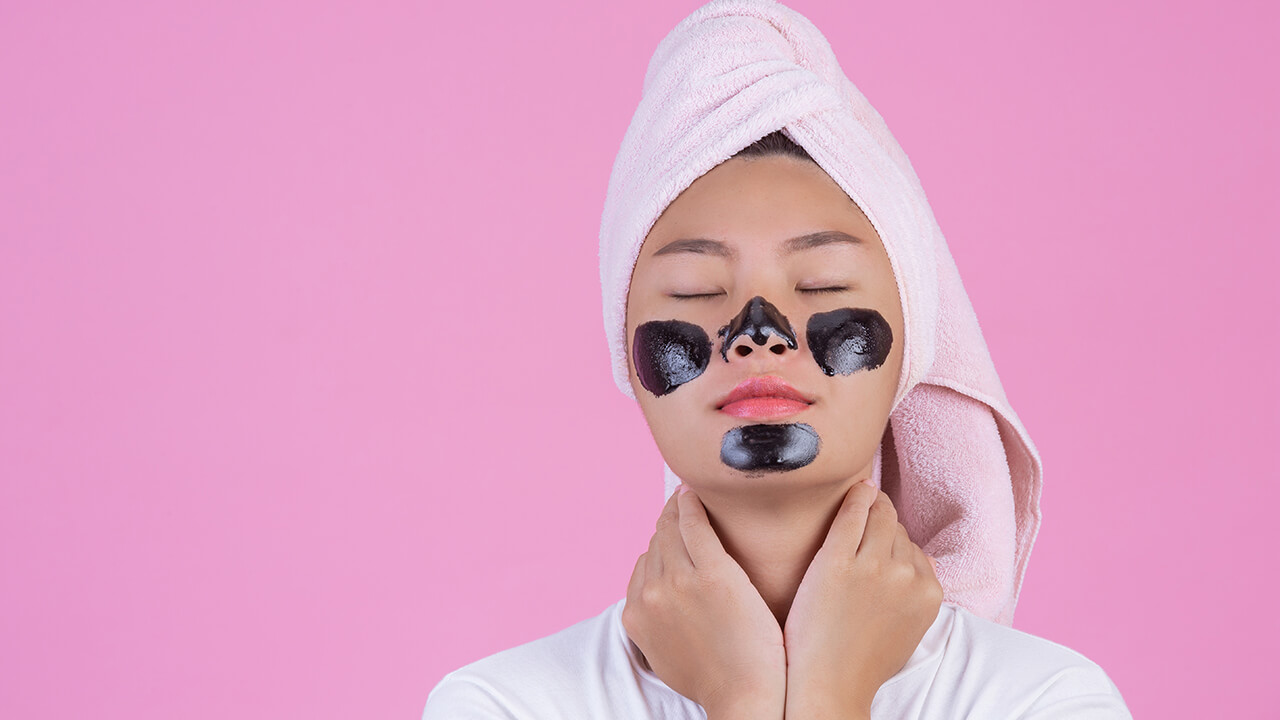
Getting rid of blackheads may be very uncomfortable. The first step in removing blackheads is to moisturize the skin using the appropriate cream or moisturizer. Salicylic acid, which may be found in over-the-counter medications, is an excellent alternative for dissolving blackheads. Retinoid skin treatments are also effective in removing blackheads. Drinking enough water can help hydrate the skin’s surface by keeping the oil blockages at bay.
-
- Salicylic Acid – Many face cleansers contain salicylic acid, which is a popular over-the-counter chemical. It removes dead skin cells and excess oil from your pores before they can block them. Because blackheads lack germs, benzoyl peroxide, a potent antibacterial against most other kinds of acne, may or may not help.
- Retinoid Creams and Lotions – Vitamin A-based retinoid creams and lotions can help unclog your pores. They also assist your body in the production of new skin cells. Some retinoids are available over the counter at drugstores, but the majority require a prescription. Because retinoids make your skin more susceptible to UV radiation, you should apply these creams and lotions before going to bed and while you’re not in the sun.
- Exfoliate – It’s time to start including exfoliation in your skincare routine if you haven’t already. To slough off filth and dead skin cells, use a natural or cosmetic scrub that is suited for your skin type. While you’re at it, focus on the blackhead-infested region. At least once a week, exfoliate your skin.
- Facials – Regular facials might help to reduce blackheads to some extent. Facials are a revitalizing approach to remove pollutants and deep-seated dirt from the skin and restore its radiance.
- Apply Retinol Before Bed – Retinol, retinoid, and tretinoin are all names for the same vitamin A molecule. The main thing to remember is that specialists consider them to be the most effective approach to tighten pores, prevent acne, and reverse symptoms of age and sun exposure. If you’re serious about the skin-clearing advantages, contact your physician for a strong prescription-grade retinol.
- Do a Weekly Mask – Face masks are like the vacuum cleaners of the skincare industry, sucking all the dirt out of your pores. As a result, they should be used no more than once each week. However, they should be used once a week, after cleaning and before applying night cream, for the same reason. This cleansing mask will eliminate the likelihood of blocked pores and, as a result, future blemishes. Wear it for 10-15 minutes, or until it tightens and all extra oil is absorbed.
- Invest in the Right Products – If you suffer from acne or blackheads, it’s time to rethink your skincare routine. Purchase non-comedogenic products that have been particularly developed to prevent pore clogging.A natural face washes designed absolutely for facial skin that can give you great results, keeping your skin clean and healthy. Choose face wash that matches your skin type, and look for the beneficial ingredients. Don’t forget to do a patch test before trying any new face wash.
- Always keep your Skin Clean – Your skin accumulates dirt every time you leave the house. If not properly cleansed, it can lead to clogged pores, which can lead to blackheads. Makeup may have the same impact on the skin, resulting in blackheads and even outbreaks if not removed entirely. Before you call it a day, always remember to remove your makeup and wash your face.oil-control face wash that cleans deep to purify clogged pores then a charcoal face wash is a must. It helps control oil production without letting your face feel dry. Also, a formula that balances pH to slow the growth of bacteria and help prevent breakouts.
- Use Clean Laundry – Oil and filth from your face get smeared onto pillows and bedsheets while you sleep. If you don’t wash them on a regular basis, filth can build up on them, which can migrate to your face and block pores, increasing blackheads. It’s preferable if you can sleep on new pillowcases and bed sheets on a regular basis.
How can I Prevent Blackheads?
While you won’t be able to get rid of blackheads forever (sorry! ), you may use the techniques above to have a regular skincare routine and avoid future breakouts. Here are a few additional must-dos:
- Always remove your makeup before going to bed.
- Face washing should be done twice a day.
- If at all feasible, treat any underlying hormonal abnormalities.
- If you suspect an underlying problem, get rid of any thick, occlusive lotions, cosmetics, or hair products.
- Avoid touching your face with filthy hands.
- Cover your face if you’re anywhere dusty.
- Maintain the cleanliness of your hair. Hair oil may clog pores on your face and produce blackheads.
- Never give someone your cosmetics brushes.
Quick Tip:
1 teaspoon baking soda, 1/2 tablespoon lemon juice, and lukewarm water. The paste exfoliates the skin and protects it from infection. This home remedy may help in the removal of persistent, hard blackheads.
Finally, the bottom line. Most individuals may get away with removing a blackhead once in a while, but it’s crucial not to make it a habit. Make an appointment with a dermatologist if you have persistent blackheads so that you can address them with more lasting treatment options.
When a hair follicle in the skin becomes blocked or obstructed, blackheads occur. A bump forms when dead skin cells and excess oil accumulate in the entrance of the follicle. When the skin around the bump opens, the air exposure causes the plug to appear black, resulting in the formation of a blackhead.
When a hair follicle in the skin becomes blocked or obstructed, blackheads occur. A bump forms when dead skin cells and excess oil accumulate in the entrance of the follicle. When the skin around the bump opens, the air exposure causes the plug to appear black, resulting in the formation of a blackhead.
When a hair follicle in the skin becomes blocked or obstructed, blackheads occur. A bump forms when dead skin cells and excess oil accumulate in the entrance of the follicle. When the skin around the bump opens, the air exposure causes the plug to appear black, resulting in the formation of a blackhead.
